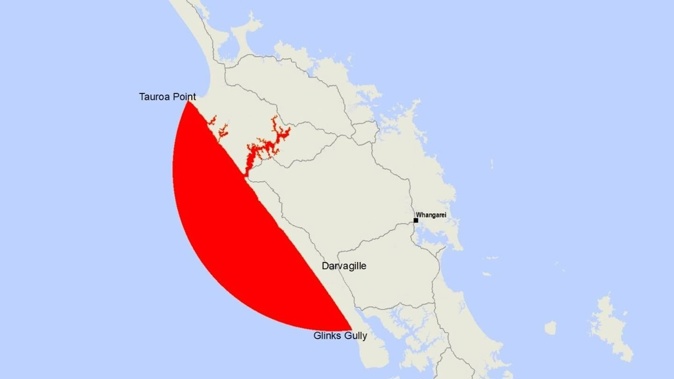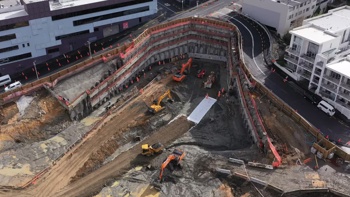
Shellfish have been taken off the menu along a large swathe of Northland’s west coast this festive season due to a high paralytic shellfish toxin risk.
New Zealand Food Safety (NZFS) is advising the public not to collect or consume shellfish gathered from the Northland west coast until further notice.
‘’Routine tests on seawater from Hokianga Harbour have shown very high levels of toxin-producing phytoplankton,” NZFS deputy director-general Vincent Arbuckle said.
“This is very likely to cause shellfish to contain paralytic shellfish toxins over the safe limit. We are sending shellfish for testing and while we await confirmatory results a warning is in place from Tauroa Point (Reef Point) to Glinks Gully, including the Herekino, Whangape and Hokianga harbours.
“Please do not gather and eat shellfish from this area because anyone doing so could get sick. Affected shellfish include bivalve shellfish such as mussels, oysters, tuatua, pipi, toheroa, cockles and scallops, as well as pūpū (cat’s eyes), Cook’s turban and kina (sea urchin).’’
Arbuckle said it’s also important to note that cooking the shellfish does not remove the toxin.
The Northland west coast alert comes less than two weeks after a similar warning was issued for the east coast of the Far North from Cape Karikari north to Kokota (the Sandspit), just south of Parengarenga Harbour.
Symptoms of paralytic shellfish poisoning usually appear within 10 minutes to 3 hours of eating and may include: numbness and a tingling (prickly feeling) around the mouth, face, hands, and feet; difficulty swallowing or breathing; dizziness and headache; nausea and vomiting; diarrhoea; paralysis and respiratory failure and, in severe cases, death.
Pāua, crab and crayfish may still be eaten if the gut has been completely removed prior to cooking, as toxins accumulate in the gut. If the gut is not removed, its contents could contaminate the meat during the cooking process.
Finfish are not included in this public health warning, but people should gut the fish and discard the liver before cooking.
If anyone becomes ill after eating shellfish from an area where a public health warning has been issued, phone Healthline for advice on 0800 61 11 16, or seek medical attention immediately. You are also advised to contact your nearest public health unit and keep any leftover shellfish in case it can be tested.
“NZFS is monitoring shellfish in the region and will notify the public of any changes to the situation,” Arbuckle said.
Commercially harvested shellfish – sold in shops and supermarkets or exported – is subject to strict water and flesh monitoring programmes by NZFS to ensure they are safe to eat.
Take your Radio, Podcasts and Music with you









